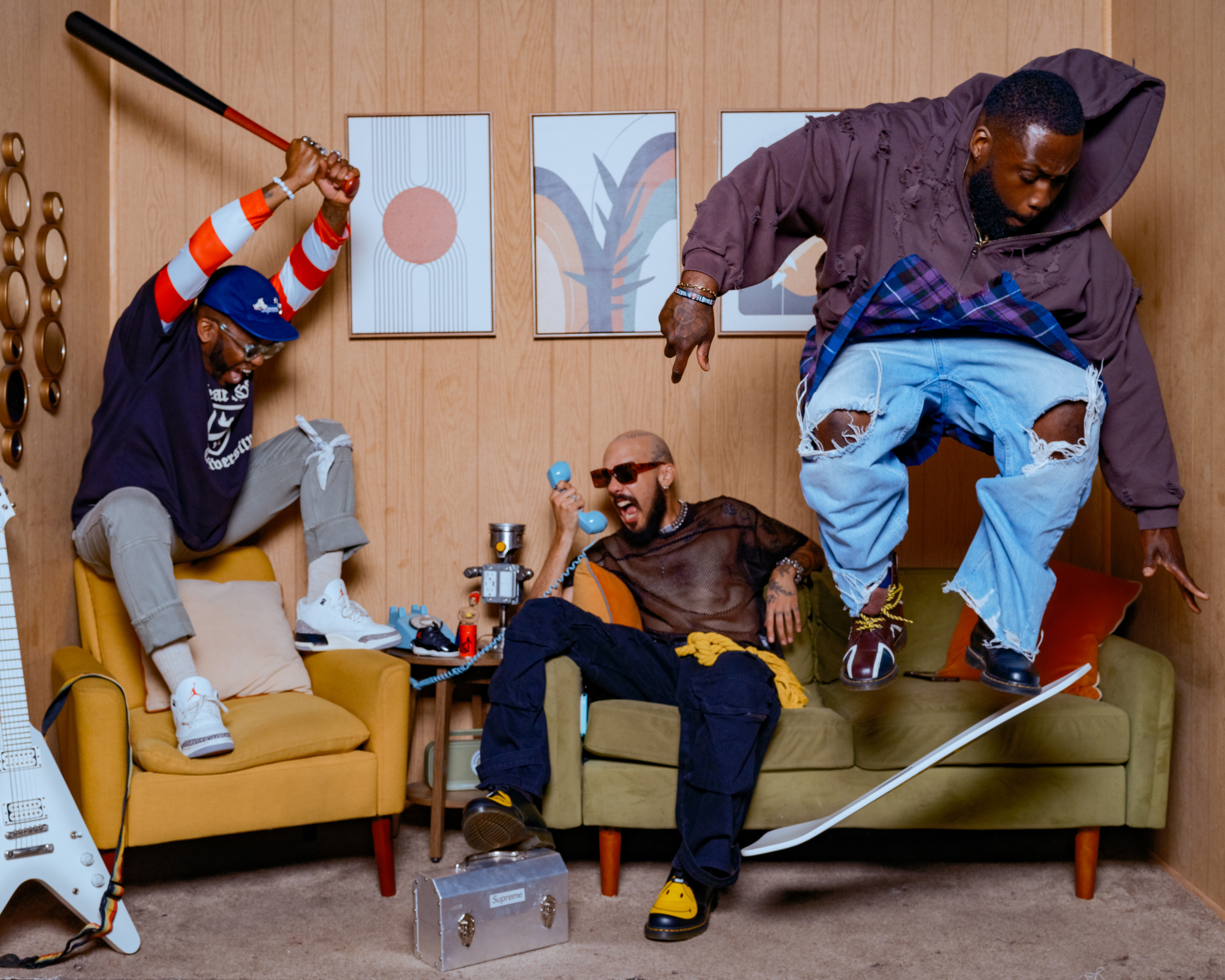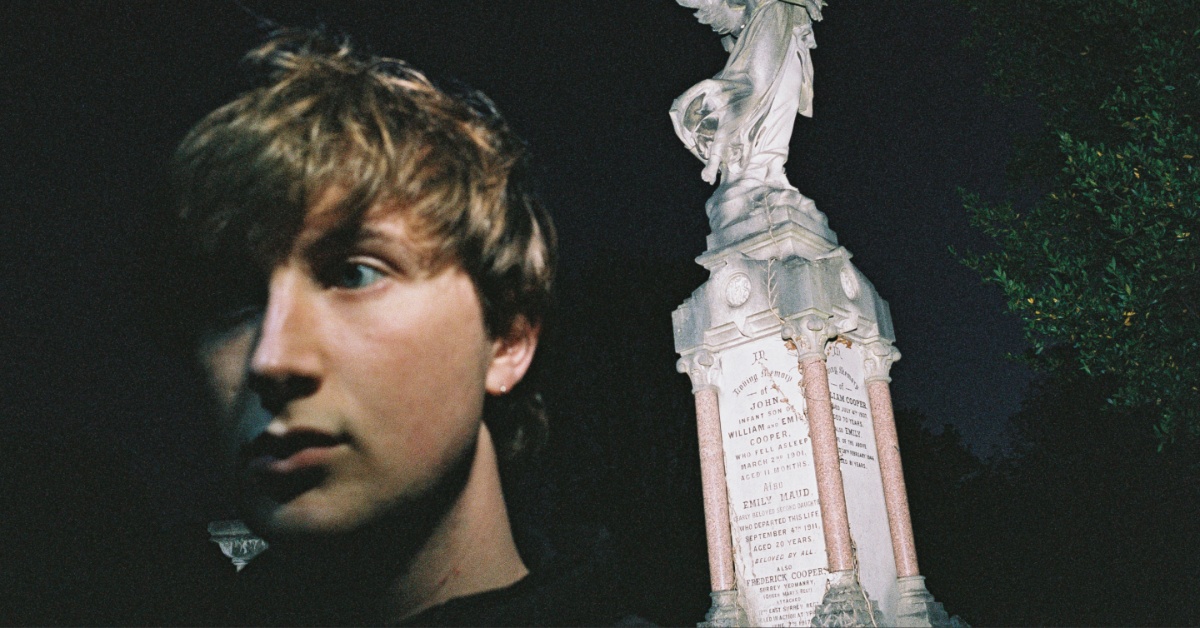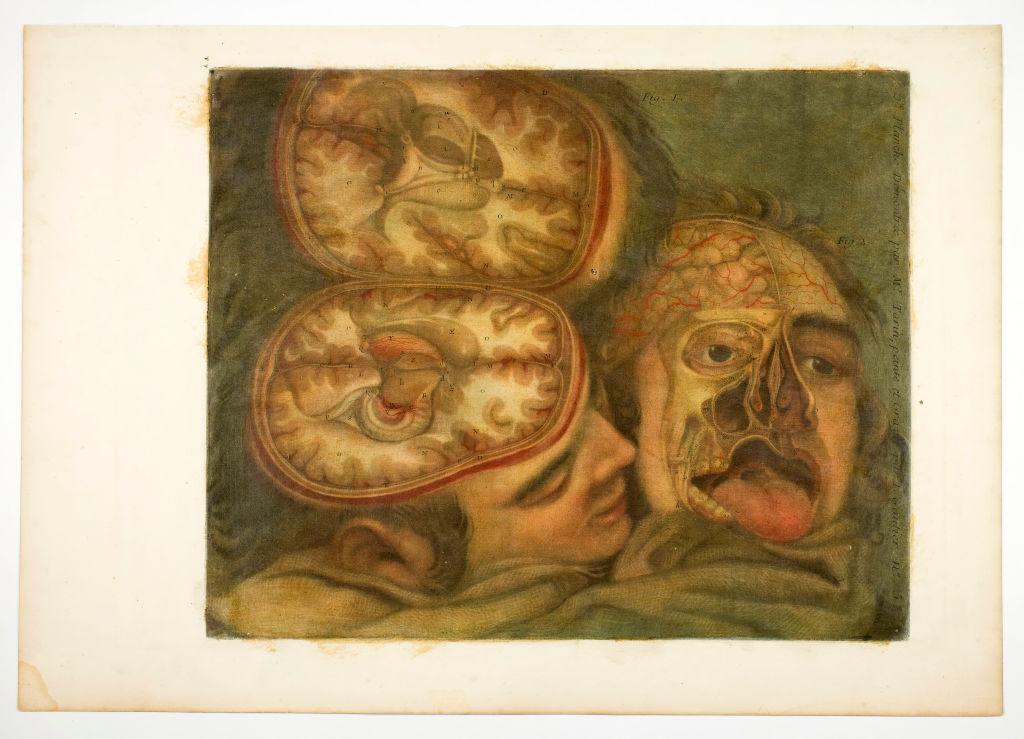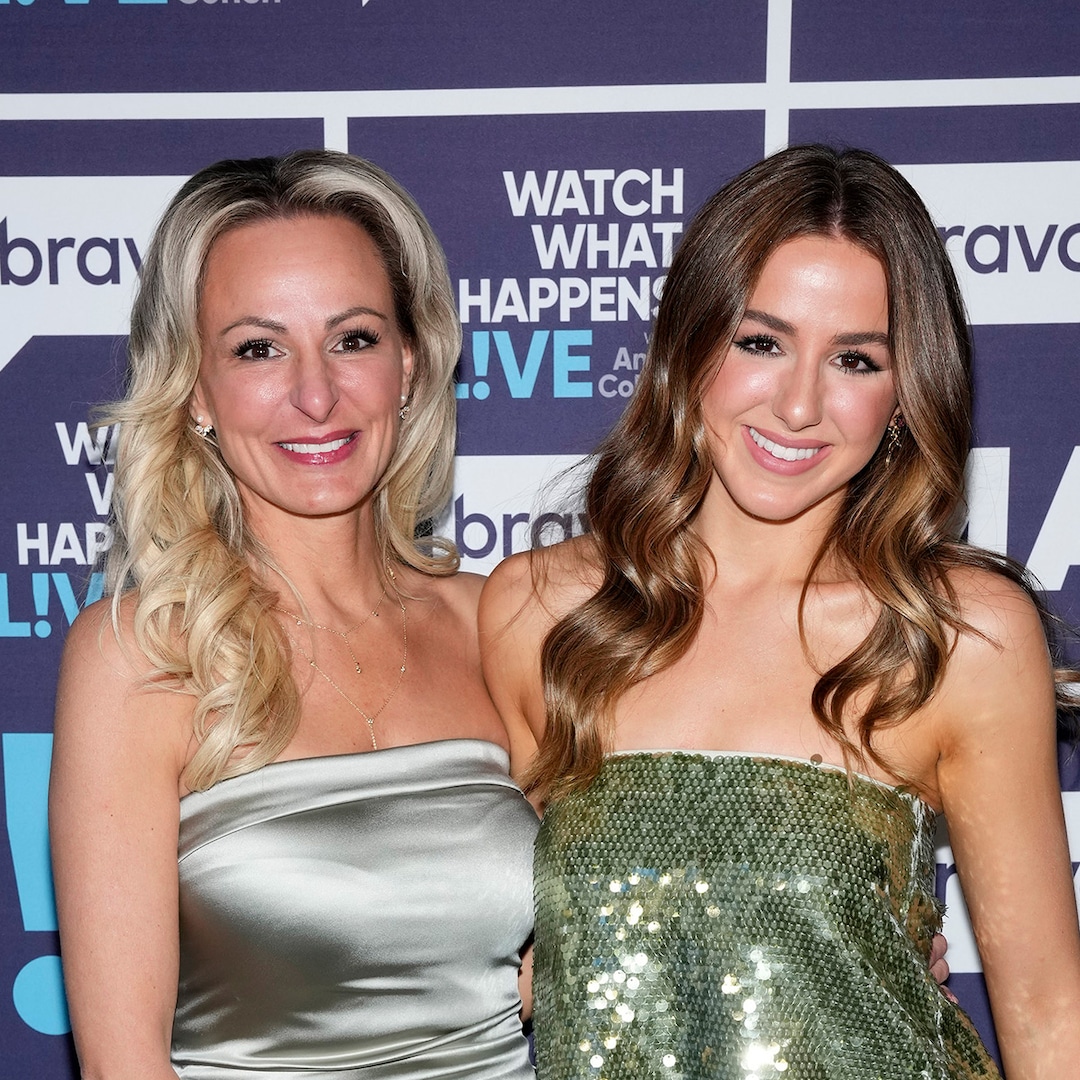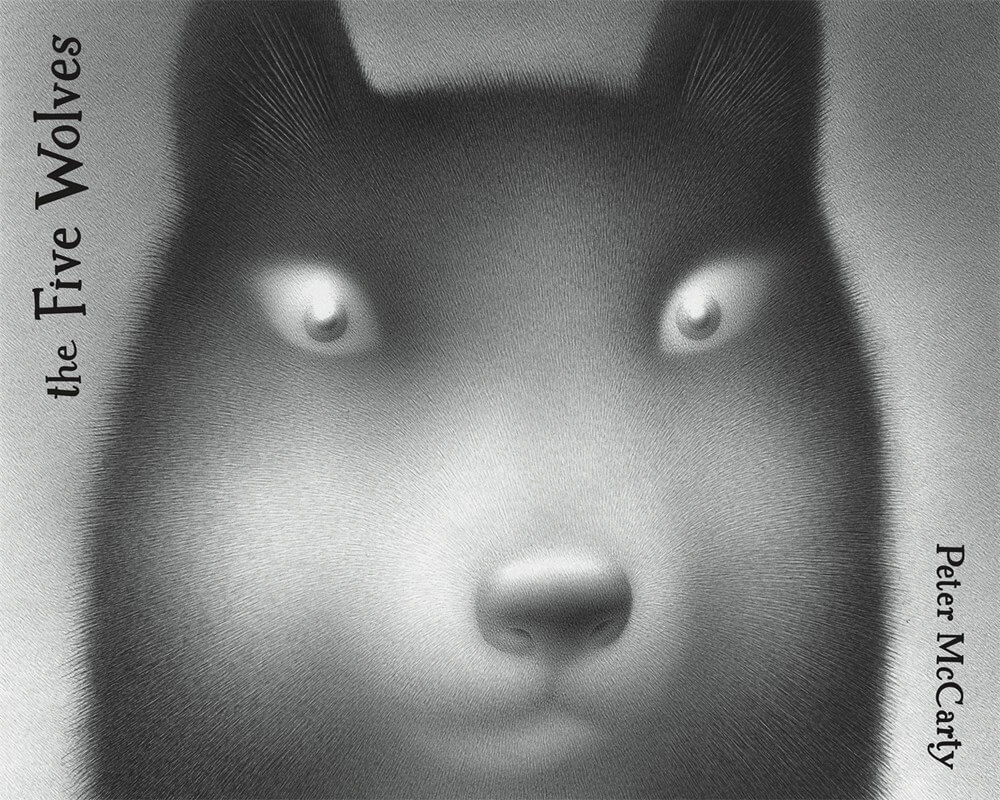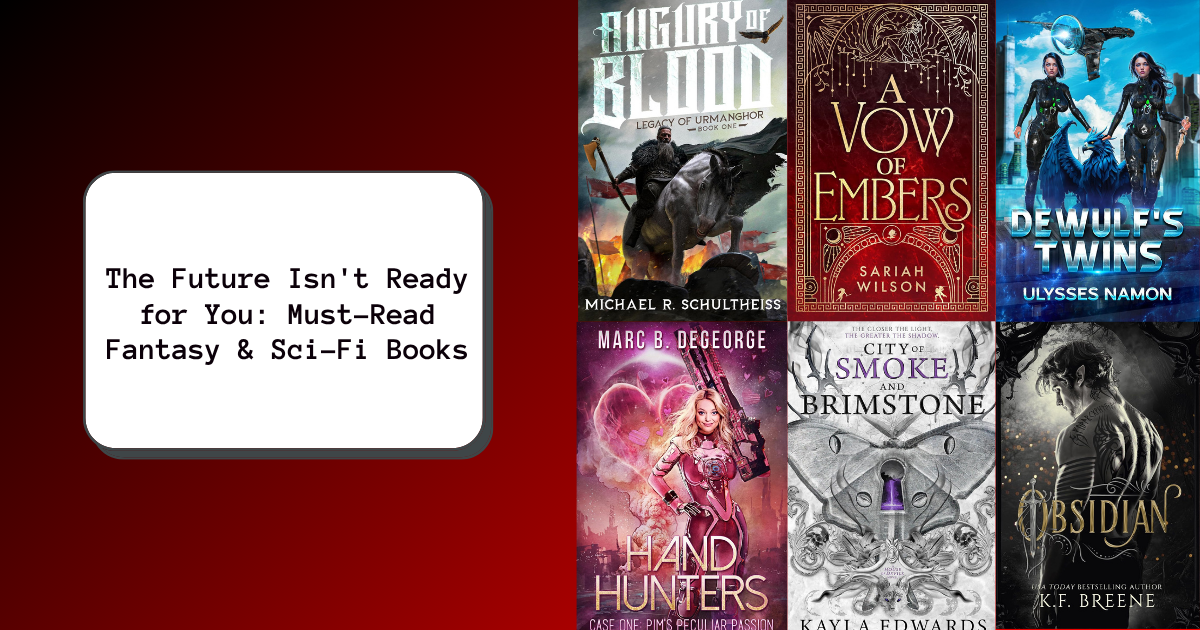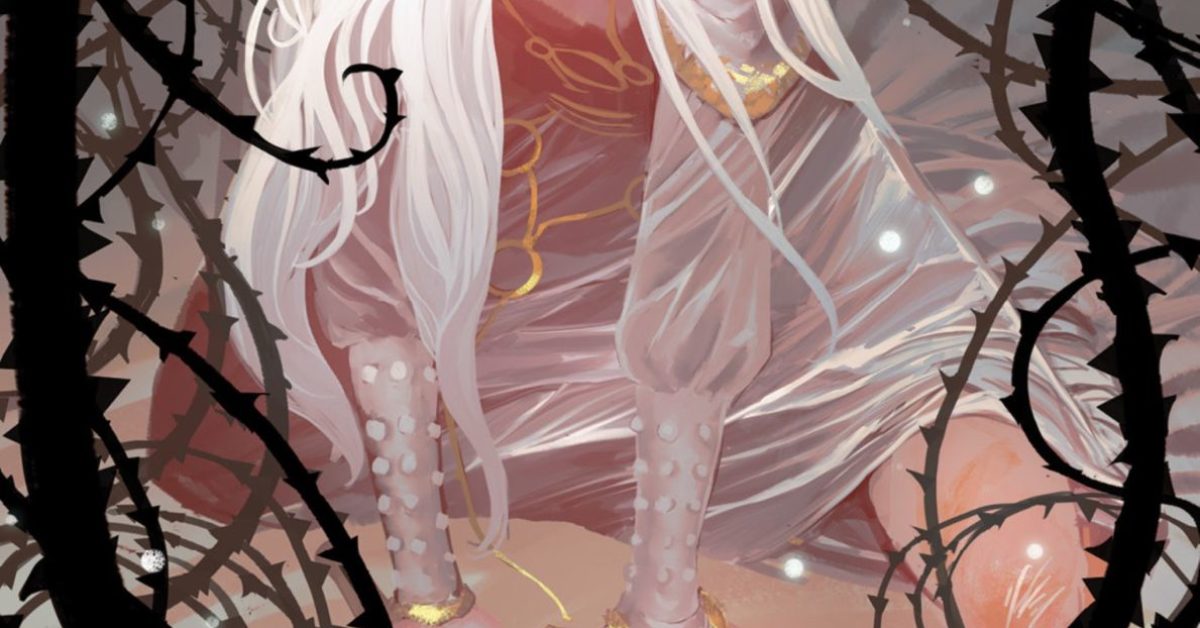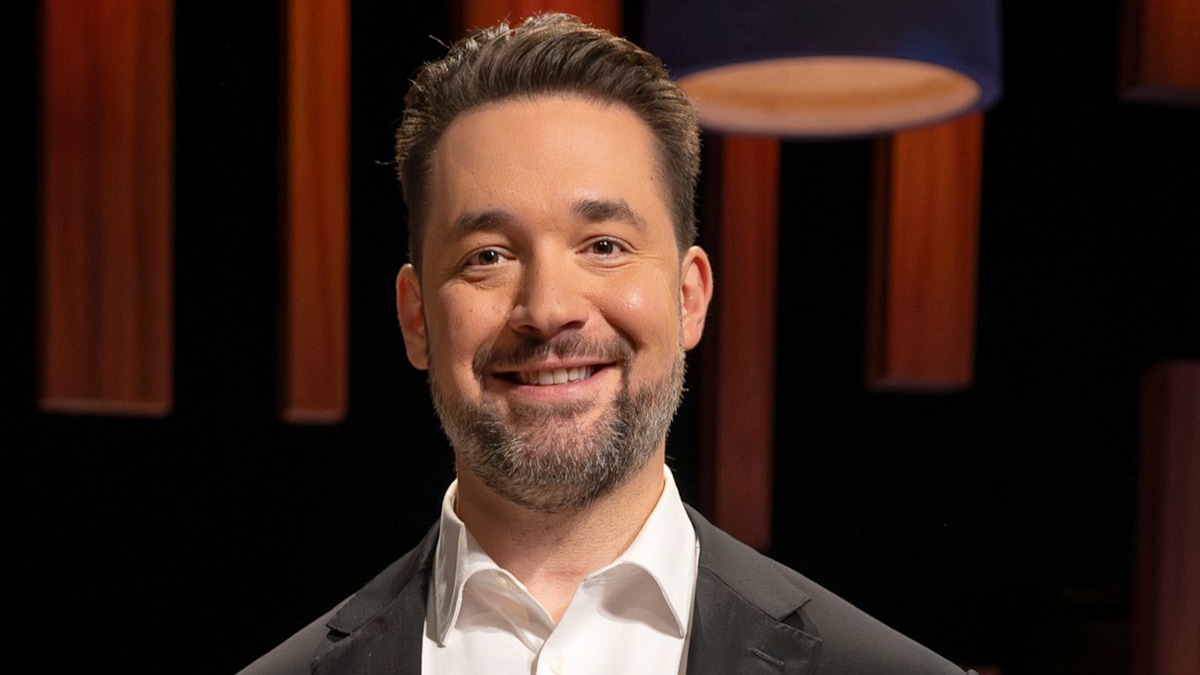Oxymorrons are a band that thrive on paradoxes. Members Jafé, K.I., and Dee live in the spaces between the extremes, combining punk, hip-hop, metal, and anything else that shouldn’t coexist but somehow does. Founded and forged in Queens, New York, the band’s love for the city’s music scene runs deep. They spent summers at Warped Tour, witnessed rap battles at Union Square, and caught shows all over Brooklyn. “New York has grit, a raw honesty,” Jafé explains. “It doesn’t sugarcoat anything, and neither do we. Our lyrics, our energy, our attitude, it’s all straight from the heart, unapologetic and unfiltered. We speak our truth because that’s what New Yorkers do.”
Now fully independent, the band just released Create. Destroy. Rebuild. Repeat., a collection of 12 tracks that embodies their determination to create something different with every release. “The title itself is about the cycle: You create something, it breaks down, you rebuild from the pieces, and then you do it all over again,” Dee says. “That’s music, but that’s also life. We wanted the interludes to highlight each stage of that cycle, building these sonic textures that pull you deeper into the Oxymorrons world.”
Read more: How Linkin Park’s “In The End” became a worldwide smash hit
We sat down with Oxymorrons to talk about New York’s influence, what changed when they went independent, and their new EP, Create. Destroy. Rebuild. Repeat.
As another (authentic) New Yorker, how do you think the city has shaped your sound, message, and attitude?
JAFÉ: Growing up in a city that’s a melting pot of cultures, styles, and sounds gave us the freedom and the confidence to blur the lines between genres. In a place where nothing is off limits, we learned early on that we didn’t have to box ourselves in creatively. But it’s more than just the music. New York has grit, a raw honesty. It doesn’t sugarcoat anything, and neither do we. Our lyrics, our energy, our attitude, it’s all straight from the heart, unapologetic and unfiltered. We speak our truth because that’s what New Yorkers do.
What are your early musical memories in the city? First shows you went to, scenes you hung out in?
K.I: Some of our earliest musical memories in the city were linking up with the band Game Rebellion. Their lead singer, Netic, embraced us as he understood what it meant to be POC in rock and navigating NYC culture. The first time we ever met, there was a crazy rainstorm in the city. We had a show planned, and honestly, we were probably the only ones crazy enough to still show up. So we ended up performing just for each other, and it was awesome. One of those moments that reminds you why you do this in the first place. Also going to Bad Rabbits, Ninja Sonic shows, Afropunk, Brooklyn Hiphop Fest, Warped Tour, and rap battles at Union Square. We can go on and on… New York is special like that. We’d bounce around from shows and bars all over Brooklyn and the Lower East Side, just chasing the energy and the music.
Genre aside, how would you describe your music and sound to someone who hasn’t heard it?
JAFÉ: Our music is like the love child of Rage Against the Machine, Linkin Park, and OutKast. High energy, loud, and bold. It hits hard, speaks truth, and carries a big sound that commands attention. Our sound is something that might feel familiar, but you’ve never heard it. It’s exactly what the name says: Oxymorrons.
What’s the biggest misconception about Oxymorrons?
JAFÉ: One of the biggest misconceptions about us is, honestly, just recognizing what we are, a band. We get called a group, a crew, or all kinds of other labels, but rarely just say the obvious: we’re a band. We still get those double-takes when we hit the stage; people don’t expect the sound we bring or the energy we carry. We know why; it just blows our minds, because it’s 2025. At this point, you should expect the unexpected. That’s what our world is all about.
Miguel McSong
You’ve worked with so many legends, spanning scenes — from being in the studio with Feldmann to touring with Corey Taylor and Bad Omens. Can you speak on this fluidity that’s made you so fitting to be in a metal space, rock, rap, etc.?
DEE: We’ve been extremely lucky getting the chance to tour with artists like Bad Omens and Corey Taylor. The John Feldmann session was dope. Creating “Definition” was honestly career-changing. Working on that with Feldy and Zach Jones was great! None of that would’ve even happened if it weren’t for Jason Aalon Butler of FEVER 333. To be real, we were relatively unknown in the scene until he shone a light on what we were doing and backed us through 333Wrecks. As for the way our sound moves through different genres, that’s just who we are. We grew up loving and listening to so many styles of music, so when it came time to make our own, it naturally became this genreless thing, but still rooted in the genres we loved, mixed together in a way that feels like the pure essence of Oxymorrons.
You said, “We’ve always stayed true to ourselves, but this chapter is about going even harder in that direction… We’re excited to build something that’s fully ours — no limits, no filters, just us.” What do you think is the Oxymorrons through line, at the heart of all of your work? What makes it you?
K.I.: It’s the balance/middle ground of our non-conformity with our ability to weave in and out of conformist ideas in music and in “scenes.” Knowing the moments to let our creativity fly free with no bounds and explore new depths we haven’t before, while simultaneously knowing when to reel it in and put some parameters on our creative freedom. There’s a learned discipline that comes with that, and that’s a big part of what’s at the root of our music.
Can you speak to going independent, what that means to you as a band? The challenges and the benefits? Did it affect how you made the album, sonically, lyrically, etc?
DEE: Going independent as a band is dope because it gives you full creative freedom. You call the shots. No one’s telling you how your art should sound or look. If you do it right, it can be super rewarding, but I won’t sugarcoat it. It’s not easy. There’s this idea of equivalent exchange, like the energy and work you put in will always come back equally, but in music, it doesn’t always happen that way. A lot of the time, it’s really just a labor of love. Sometimes you gotta bet on yourself enough to bet on your vision, but it comes with hurdles and moments where the payoff isn’t guaranteed. It does affect how you release music and things on the financial side. Still, if you believe in what you’re building, the grind makes the wins mean even more.
What would you say the “theme” of this album is — if there is one. You’ve mentioned the title ties into your experience as a band, but does this also apply across each track’s narrative?
K.I: the cycle of evolution. Whether it be as a band, as a human, or as a society. Create, destroy, rebuild, and repeat have been the four recurring phases throughout our lives and our time as a band. The band’s lineup, sound, and DNA have always reflected the continued changes we go through as people, as friends, and as creatives.
DEE: Our new EP, Create. Destroy. Rebuild. Repeat., really lays out the whole theme of what we’ve been going through as a band and as people. The title itself is about the cycle: you create something, it breaks down, you rebuild from the pieces, and then you do it all over again. That’s music, but that’s also life. We wanted the interludes to highlight each stage of that cycle, building these sonic textures that pull you deeper into the Oxymorron world. They’re like checkpoints that guide you through the project, helping the track list flow so every song feels like part of the bigger story. Each track touches on things we’ve dealt with both during this process and long before, so the EP becomes more than just songs; it’s the story of how we keep pushing forward.
Was there a track on the new album that came especially easily when making it?
K.I: “BLK SHEEP” came pretty intuitively. Deee had the verse call and response and concept well thought out, and we knew exactly what type of sonic landscape to put the theme of messaging of the song in. A chaotic atmosphere with an unsettling urgency and mania that was achieved by us blending together elements of punk, metal, U.K. jungle, and hyperpop. Writing and recording that song was definitely a fun and cathartic experience.
Was there one that you went back and forth on?
JAFÉ: “Cool Being You” had the most notes/edits, mainly on its arrangement. We discussed in length having an almost minute-long instrumental intro, then having the first verse be sung by me was something we hadn’t done on a song before, as well as ending the song on the breakdown. We plugged in a few different variations of the song’s arrangement until we settled on the one we loved the most, which is the official release.
Who is your dream feature?
DEE: A dream feature is tough to pin down since each of us has our own personal wishlist, but collectively, working with Jordan Fish would be incredible. As a producer, what he’s done with BMTH has always been next level, and now with House of Protection, he’s proving it all over again. That kind of collaboration would be a dream for us, just throwing that out there, lol.
What are your top five albums that came out of NY?
This was really difficult as we all have albums from NY that mean so much and from different genres. We aren’t even sure if we all 100% agree with this list, but:
The Black Album – Jay-Z
As Cruel as School Children – Gym Class Heroes
Get Rich or Die Tryin – 50 Cent
Euthanasia – Stray from the Path
Rocket to Russia – Ramones

